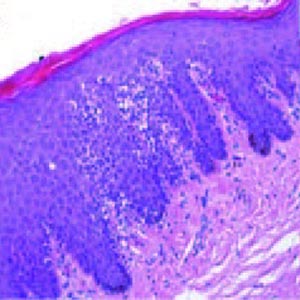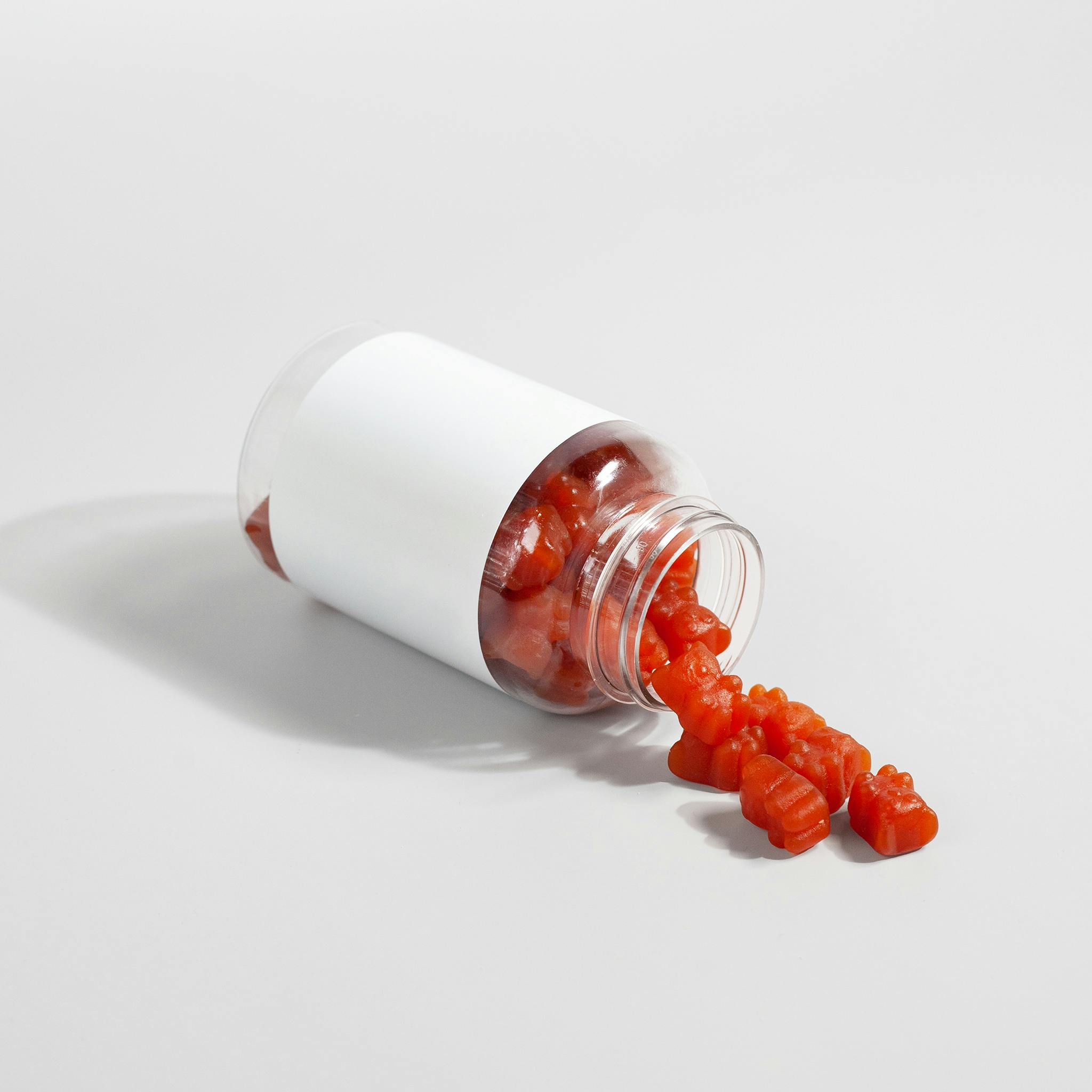Lichen sclerosus in pediatric age: A new disease or unknown pathology? Experience of single centre and state of art in literature

Published: March 1 2022
Abstract Views: 2065
PDF: 613
HTML: 25
HTML: 25
Publisher's note
All claims expressed in this article are solely those of the authors and do not necessarily represent those of their affiliated organizations, or those of the publisher, the editors and the reviewers. Any product that may be evaluated in this article or claim that may be made by its manufacturer is not guaranteed or endorsed by the publisher.
All claims expressed in this article are solely those of the authors and do not necessarily represent those of their affiliated organizations, or those of the publisher, the editors and the reviewers. Any product that may be evaluated in this article or claim that may be made by its manufacturer is not guaranteed or endorsed by the publisher.
Similar Articles
- Ayu Widya Lestari, Chia-Kuei Lee, Happy Hayati, The impact of parental psychological distress on child behavior issues in hospitalized children , La Pediatria Medica e Chirurgica: Vol. 45 No. 1 (2023)
- Maria-Grazia Scarpa, Giordano Perin, Massimo Di Grazia, Daniela Codrich, Federica Pederiva, Edoardo Guida, Maria Antonietta Lembo, Antonio Giannotta, Jürgen Schleef, Surgery for distal hypospadias: what about the catheter? , La Pediatria Medica e Chirurgica: Vol. 39 No. 3 (2017)
- Beatrice Castelli, Fiorella Festa, Maria Angela Di Sanzo, Andrea Guala, Alberto Pellai, Prevalence of child sexual abuse: a comparison among 4 Italian epidemiological studies , La Pediatria Medica e Chirurgica: Vol. 37 No. 2 (2015)
- Ivan Ivanovski, Livia Garavelli, Olivera Djurić, Aleksandar Ćirović, Dejan Škorić, Petar I. Ivanovski, Mitotic crossover promotes leukemogenesis in children born with TEL-AML1 via the generation of loss of heterozygosity at 12p , La Pediatria Medica e Chirurgica: Vol. 37 No. 2 (2015)
- E. Ruffini, L. De Petris, P. Candelotti, M. Tulli, M.R. Sabatini, L. Luciani, A. Carlucci, Lung abscess in a child secondary to Mycoplasma pneumoniae infection , La Pediatria Medica e Chirurgica: Vol. 36 No. 2 (2014)
- Carmine Noviello, Mercedes Romano, Letizia Trotta, Giuseppina Rosaria Umano, Alfonso Papparella, Are the complications after laparo-assisted endo-rectal pull-through for Hirschsprung disease related to the change of the anal tone? , La Pediatria Medica e Chirurgica: Vol. 46 No. 1 (2024)
- A. Giambanco, M. Pensabene, M. Giuffrè, M. Cimador, Epidermal inclusion cyst of the penis after urethroplasty causing an urethro-cutaneous fistula: a first case report , La Pediatria Medica e Chirurgica: Vol. 35 No. 6 (2013)
- Carlo Ripoli, Anna Paola Pinna, Faustina Podda, Roberta Zanni, Maria Giada Tronci, Anna Maria Nurchi, Second-generation antipsychotic and diabetes mellitus in children and adolescents , La Pediatria Medica e Chirurgica: Vol. 39 No. 4 (2017)
- Carmine Noviello, Alfonso Papparella, Mirko Bertozzi, Giovanna Riccipetitoni, Ilaria Cascone, Carmine Botta, Giulia Fusi, Veronica Vitali, Mercedes Romano, Abdominal lymphatic malformations in children: case series , La Pediatria Medica e Chirurgica: Vol. 47 No. 1 (2025)
- Francesca Scarano, Alessandra Dalla Corte, Roberto Michielon, Alessandro Gava, Paola Midrio, Application of a non-pharmacological technique in addition to the pharmacological protocol for the management of children’s preoperative anxiety: A 10 years’ experience , La Pediatria Medica e Chirurgica: Vol. 43 No. 1 (2021)
1-10 of 108
Next
You may also start an advanced similarity search for this article.









